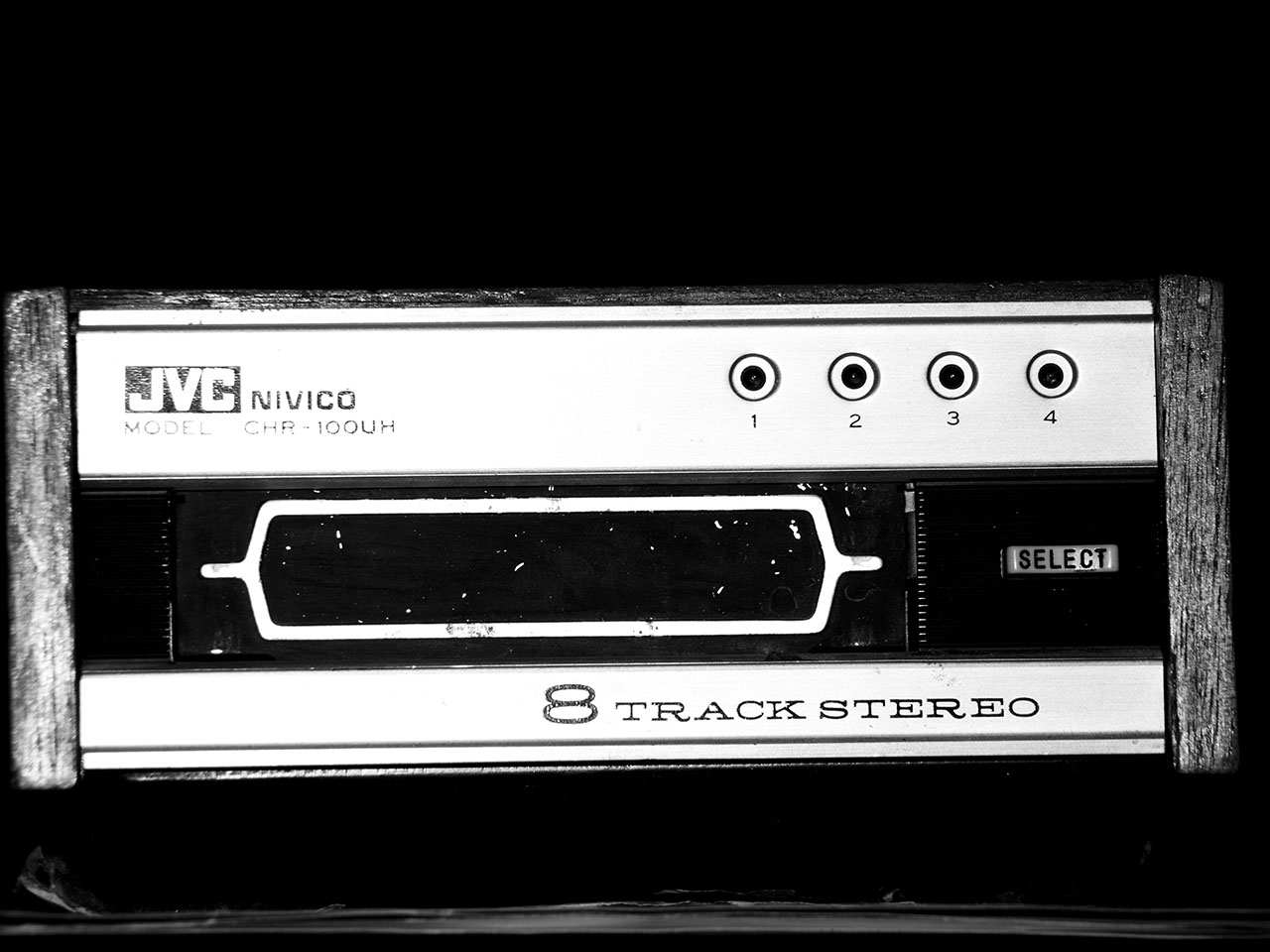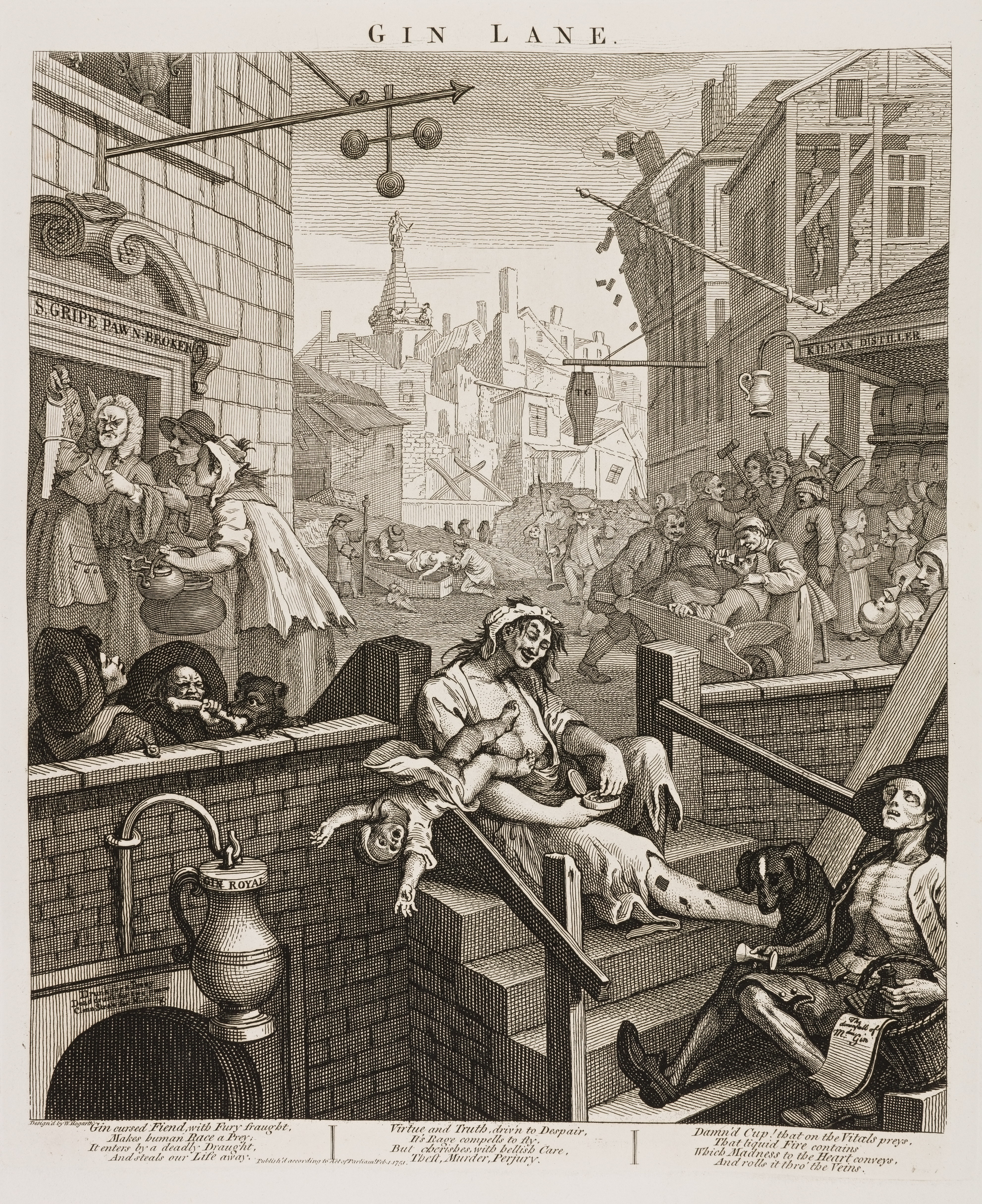|
Fred Sjunger Bellman
''Fred sjunger Bellman'' (English: Fred sings Bellman) is an album by the Swedish folk singer-songwriter and guitar player Fred Åkerström and contains his interpretations of Carl Michael Bellman. The LP was released in 1969; it was re-released on CD and LP in 1990. Track listing Songs and lyrics from ''Fredmans Epistlar'' by Carl Michael Bellman: # Epistle Nr 3: Fader Berg i hornet stöter # Epistle Nr 23: Ack Du Min Moder # Epistle Nr 24: Kära Syster, Mig Nu Lyster # Epistle Nr 30: Drick Ur Ditt Glas # Epistle Nr 34: Ack Vad För En Usel Koja # Epistle Nr 35: Bröderna Fara Väl Vilse Ibland # Epistle Nr 51: Movitz Blåste en Konsert # Epistle Nr 69: Se Dansmästarn # Epistle Nr 80: Liksom En Herdinna # Epistle Nr 81: Märk Hur Vår Skugga Märk hur vår skugga (Mark how our shadow) is one of the best-known of the 1790 ''Fredman's Epistles'', where it is No. 81. These were written and performed by Carl Michael Bellman, the dominant figure in the Swedish song tradition. I ... [...More Info...] [...Related Items...] OR: [Wikipedia] [Google] [Baidu] |
Album
An album is a collection of audio recordings issued on compact disc (CD), Phonograph record, vinyl, audio tape, or another medium such as Digital distribution#Music, digital distribution. Albums of recorded sound were developed in the early 20th century as individual Phonograph record#78 rpm disc developments, 78 rpm records collected in a bound book resembling a photograph album; this format evolved after 1948 into single vinyl LP record, long-playing (LP) records played at revolutions per minute, rpm. The album was the dominant form of recorded music expression and consumption from the mid-1960s to the early 21st century, a period known as the album era. Vinyl LPs are still issued, though album sales in the 21st-century have mostly focused on CD and MP3 formats. The 8-track tape was the first tape format widely used alongside vinyl from 1965 until being phased out by 1983 and was gradually supplanted by the cassette tape during the 1970s and early 1980s; the populari ... [...More Info...] [...Related Items...] OR: [Wikipedia] [Google] [Baidu] |
Fred Åkerström Albums
Fred may refer to: People * Fred (name), including a list of people and characters with the name Mononym * Fred (cartoonist) (1931–2013), pen name of Fred Othon Aristidès, French * Fred (footballer, born 1949) (1949–2022), Frederico Rodrigues de Oliveira, Brazilian * Fred (footballer, born 1979), Helbert Frederico Carreiro da Silva, Brazilian * Fred (footballer, born 1983), Frederico Chaves Guedes, Brazilian * Fred (footballer, born 1986), Frederico Burgel Xavier, Brazilian * Fred (footballer, born 1993), Frederico Rodrigues de Paula Santos, Brazilian * Fred Again (born 1993), British songwriter known as FRED Television and movies * ''Fred Claus'', a 2007 Christmas film * ''Fred'' (2014 film), a 2014 documentary film * Fred Figglehorn, a YouTube character created by Lucas Cruikshank ** ''Fred'' (franchise), a Nickelodeon media franchise ** '' Fred: The Movie'', a 2010 independent comedy film * ''Fred the Caveman'', French Teletoon production from 2002 * Fred Flintston ... [...More Info...] [...Related Items...] OR: [Wikipedia] [Google] [Baidu] |
1969 Albums
This year is notable for Apollo 11's first landing on the moon. Events January * January 4 – The Government of Spain hands over Ifni to Morocco. * January 5 ** Ariana Afghan Airlines Flight 701 crashes into a house on its approach to London's Gatwick Airport, killing 50 of the 62 people on board and two of the home's occupants. * January 14 – An explosion aboard the aircraft carrier USS ''Enterprise'' near Hawaii kills 27 and injures 314. * January 19 – End of the siege of the University of Tokyo, marking the beginning of the end for the 1968–69 Japanese university protests. * January 20 – Richard Nixon is sworn in as the 37th President of the United States. * January 22 – An assassination attempt is carried out on Soviet leader Leonid Brezhnev by deserter Viktor Ilyin. One person is killed, several are injured. Brezhnev escaped unharmed. * January 27 ** Fourteen men, 9 of them Jews, are executed in Baghdad for spying for Israel. ** Reve ... [...More Info...] [...Related Items...] OR: [Wikipedia] [Google] [Baidu] |
Märk Hur Vår Skugga
Märk hur vår skugga (Mark how our shadow) is one of the best-known of the 1790 '' Fredman's Epistles'', where it is No. 81. These were written and performed by Carl Michael Bellman, the dominant figure in the Swedish song tradition. Its subject is the funeral of one of Bellman's female acquaintances, Grälmakar Löfberg's wife. Context Song Music and verse form The song has four verses, each of 9 lines. The music is in time, and is marked '' Andantino''.> The melody may be by Bellman himself; a very similar melody was used by Eric Lorentz Zebell, but it was printed after the Epistles. The real Doctor Blad was the Bellman family's doctor, and one of their closest friends, during the latter part of Bellman's life. Lyrics The song was written late in the 1780s or in 1790, not long before publication. Epistle No. 81 is subtitled "Til Grälmakar Löfberg i Sterbhuset vid Danto bommen, diktad vid Grafven" (To Quarrelsome Löfberg in the Hospice by the Danto barrier, ... [...More Info...] [...Related Items...] OR: [Wikipedia] [Google] [Baidu] |
Movitz Blåste En Concert
''Fredmans epistlar'' (English: ''Fredman's Epistles'') is a collection of 82 poems set to music by Carl Michael Bellman, a major figure in Swedish 18th century song. Though first published in 1790, it was created over a period of twenty years from 1768 onwards. A companion volume, ''Fredmans sånger'' (Fredman's Songs) was published the following year. The Epistles vary widely in style and effect, from Rococo-themed pastorale with a cast of gods and demigods from classical antiquity to laments for the effects of Brännvin-drinking, tavern-scenes, and apparent improvisations. The lyrics, based on the lives of Bellman's contemporaries in Gustavian-age Sweden, describe a gallery of fictional and semi-fictional characters and events in Stockholm. Jean Fredman, an alcoholic former watchmaker, is the central character and fictional narrator. The "soliloquy" of Epistle 23, a description of Fredman lying drunk in the gutter and then recovering in the Crawl-In Tavern, was described b ... [...More Info...] [...Related Items...] OR: [Wikipedia] [Google] [Baidu] |
Bröderna Fara Väl Vilse Ibland
''Fredmans epistlar'' (English: ''Fredman's Epistles'') is a collection of 82 poems set to music by Carl Michael Bellman, a major figure in Swedish 18th century song. Though first published in 1790, it was created over a period of twenty years from 1768 onwards. A companion volume, '' Fredmans sånger'' (Fredman's Songs) was published the following year. The Epistles vary widely in style and effect, from Rococo-themed pastorale with a cast of gods and demigods from classical antiquity to laments for the effects of Brännvin-drinking, tavern-scenes, and apparent improvisations. The lyrics, based on the lives of Bellman's contemporaries in Gustavian-age Sweden, describe a gallery of fictional and semi-fictional characters and events in Stockholm. Jean Fredman, an alcoholic former watchmaker, is the central character and fictional narrator. The "soliloquy" of Epistle 23, a description of Fredman lying drunk in the gutter and then recovering in the Crawl-In Tavern, was desc ... [...More Info...] [...Related Items...] OR: [Wikipedia] [Google] [Baidu] |
Ack Du Min Moder
Ack du min moder (Alas, thou my mother), originally written Ach! du min Moder, is one of the Swedish poet and performer Carl Michael Bellman's best-known and best-loved songs, from his 1790 collection, ''Fredman's Epistles'', where it is No. 23. The collection is ostensibly of drinking-songs, but they vary in character from laments to pastorales, often simultaneously realistic and elegantly rococo in style. The song has two parts, despairing and celebratory: it begins as a lament, with Jean Fredman lying drunk in a Stockholm gutter outside the Crawl-in tavern, and repeatedly cursing his mother for conceiving him. Then he goes in, is revived by a stiff drink, and repeatedly thanks his mother and father for his life. The epistle is subtitled (A soliloquy in which Fredman lay outside the Crawl-in Tavern, right by the Bank, one summer night in the year 1768). The epistle's "soliloquy" was described by the critic Oscar Levertin as "the to-be-or-not-to-be of Swedish literature". Fred ... [...More Info...] [...Related Items...] OR: [Wikipedia] [Google] [Baidu] |
Fred Åkerström
Fred Åkerström (27 January 1937 – 9 August 1985) was a Swedish folk guitarist and singer particularly noted for his interpretations of Carl Michael Bellman's music, and his own work of the typically Swedish song segment named ''visa''. These songs, ''visor'', are traditionally very narrative and the performance is "acted" to some degree. The singer is in context a ''vissångare'', a troubadour character. Åkerström was also known for his actor's interpretations of Bellman's 18th century material, and his unusual ability to reach deep bass notes (especially on his interpretation of Bellman's song '' Glimmande nymf''). Life Åkerström was born in Stockholm to a family of meager circumstances, which would later influence the social, economic, and political criticisms found in many of his works and public appearances. He may have aspired at an early age to become a ''vissångare,'' being a devoted listener to Ruben Nilson. After performances at the famous ''vispråmen "Storke ... [...More Info...] [...Related Items...] OR: [Wikipedia] [Google] [Baidu] |
Fader Berg I Hornet Stöter
''Fader Berg i hornet stöter'' (Father Berg blows his horn) is Epistle No. 3 in the Swedish poet and performer Carl Michael Bellman's 1790 song collection, ''Fredmans epistlar, Fredman's Epistles''. The epistle is subtitled "Till en och var av systrarna, men enkannerligen till Ulla Winblad" (To each and every one of the sisters, most especially to Ulla Winblad). One of his best-known works, it is both about and mimics the rhythm of playing the French horn, horn, while Fredman enjoys the sight of Ulla Winblad dancing in a ruffled dress. Background Epistle Music and verse form The song has four stanzas, each of 11 lines, with a corno (French horn, horn) interlude before the first and fourth lines. It is in 3/4 time, time, marked ''Menuetto''. The rhyming pattern is AABCCB-DDDEE. The source of the melody is an unknown minuet; Epistle 4's melody can be seen from an early manuscript to be from the same source. Bellman.net states that a possible source melody is a minuet i ... [...More Info...] [...Related Items...] OR: [Wikipedia] [Google] [Baidu] |
Fredmans Epistlar
''Fredmans epistlar'' (English: ''Fredman's Epistles'') is List of Fredman's Epistles, a collection of 82 poems set to music by Carl Michael Bellman, a major figure in Sweden, Swedish 18th century song. Though first published in 1790, it was created over a period of twenty years from 1768 onwards. A companion volume, ''Fredmans sånger'' (Fredman's Songs) was published the following year. The Epistles vary widely in style and effect, from Rococo-themed pastorale with a cast of gods and demigods from classical antiquity to laments for the effects of Brännvin-drinking, tavern-scenes, and apparent improvisations. The lyrics, based on the lives of Bellman's contemporaries in Gustavian age, Gustavian-age Sweden, describe a gallery of fictional and semi-fictional characters and events in Stockholm. Jean Fredman, an alcoholism, alcoholic former watchmaker, is the central character and fictional narrator. The "soliloquy" of Ack du min moder, Epistle 23, a description of Fredman lying dr ... [...More Info...] [...Related Items...] OR: [Wikipedia] [Google] [Baidu] |

.jpg)




